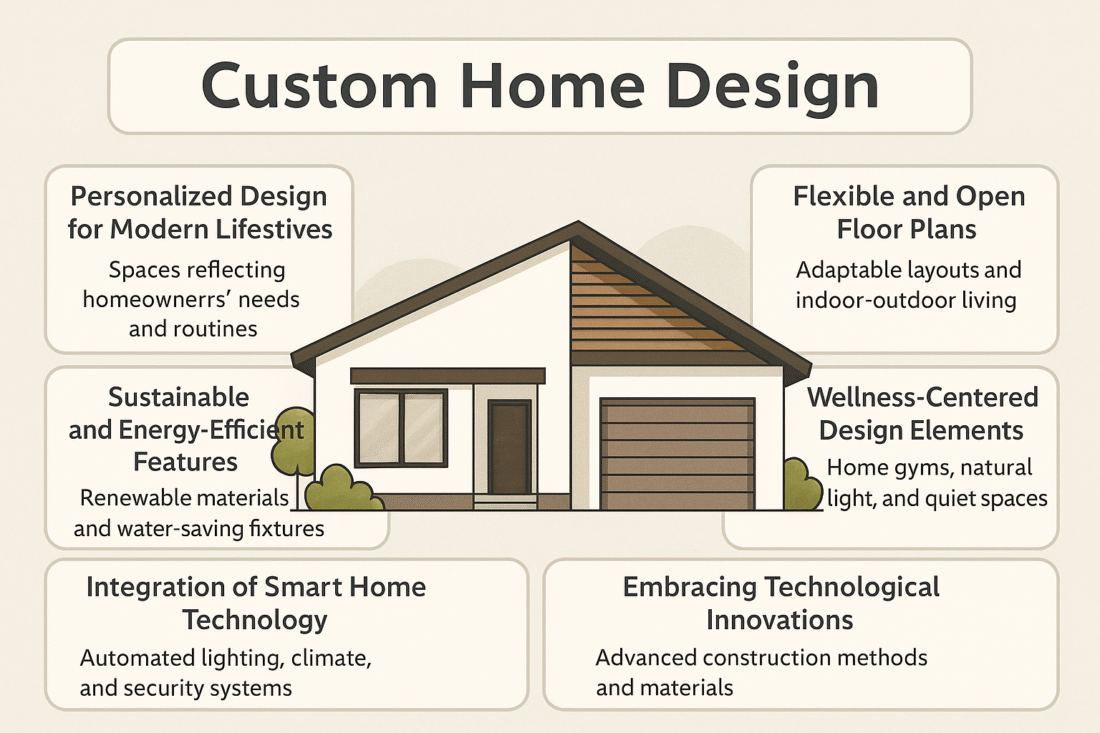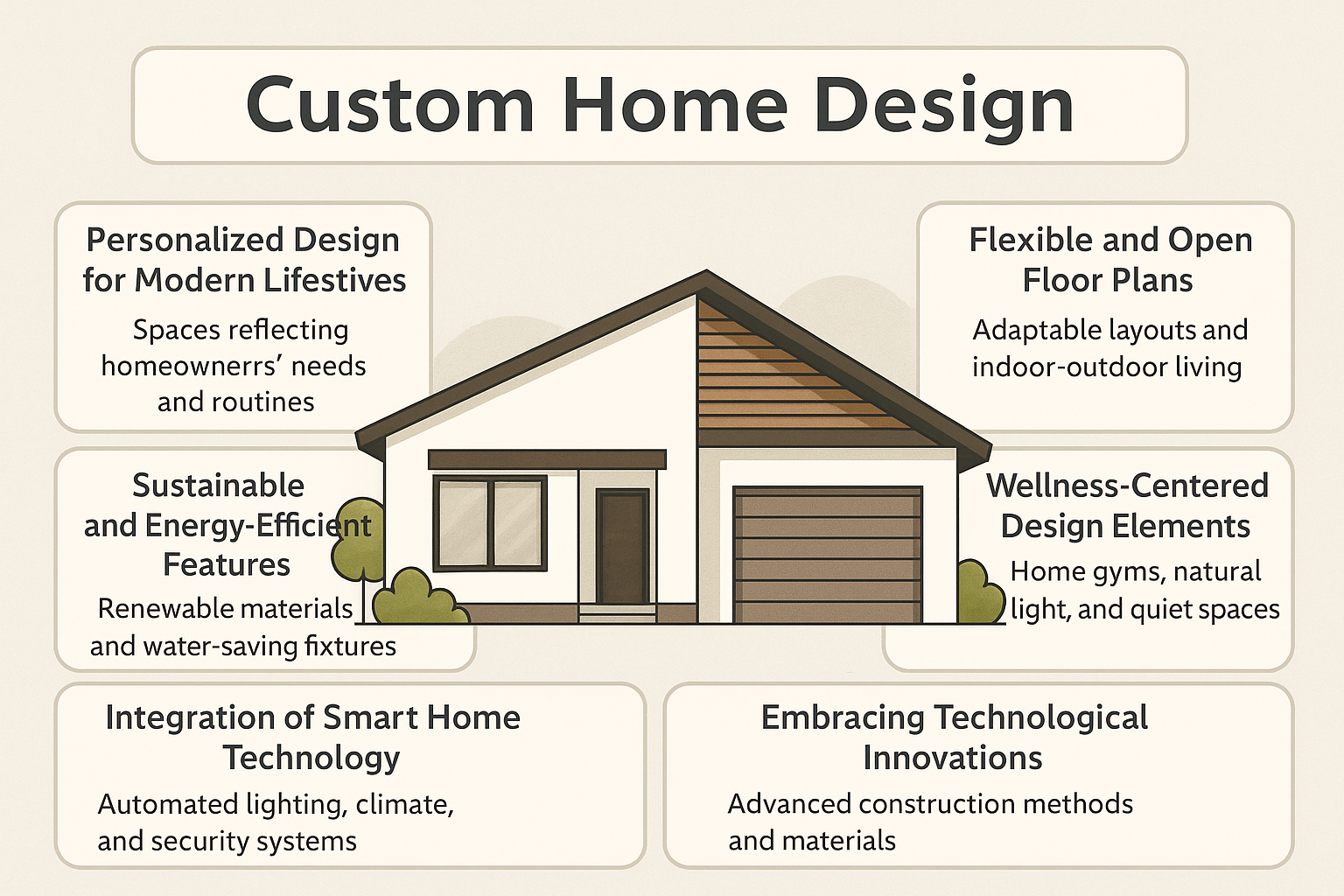Residential design has evolved far beyond the simple goal of building shelter—it now reflects how people live, connect, and interact with their surroundings. Modern homeowners prioritize layouts that promote comfort, functionality, and sustainability, blending aesthetic appeal with practical use. Open floor plans, natural lighting, and energy-efficient features have become key considerations as architects and designers strive to create spaces that adapt to diverse lifestyles and future needs.
The growing demand for custom homes highlights this shift toward personalization in residential design. Rather than relying on uniform layouts, homeowners now seek spaces tailored to their routines, values, and long-term goals. This trend has redefined how blueprints are conceived, encouraging more collaboration between designers and clients. From sustainable materials to smart home integration, today’s residential design emphasizes individuality—transforming a house into a living reflection of its occupants and marking a new era of intentional, people-centered construction.
Personalized Design for Modern Lifestyles
One of the main benefits of custom homes is the unmatched design flexibility. Today’s homeowners want spaces that reflect their personalities—whether it’s a chef’s kitchen, a hobby room, or a home office for working from home. Every square foot can be crafted with purpose, creating spaces that promote both efficiency and joy. Personalization ensures the layout and features suit each resident’s routine, improving quality of life with comfort and practicality not found in stock floor plans. For existing homes, partnering with a reputable home reno contractor is an effective way to add modern custom features.
Sustainable and Energy-Efficient Features
Sustainable custom homes utilize renewable materials, such as reclaimed wood and bamboo, alongside energy-efficient components like high-performance windows and solar panels, to minimize environmental impact and reduce utility costs. Features such as water-saving fixtures and drought-resistant landscaping are essential for promoting eco-friendly living, especially in arid areas, and contribute significantly to a sustainable future.

Integration of Smart Home Technology
The integration of smart home technology improves modern custom homes by enabling automated systems for lighting, climate, and security, which can be controlled via panels or voice activation. These innovations boost energy efficiency and convenience. Advanced security features, like facial recognition, further enhance safety. Moreover, integrated entertainment systems blend luxury with practicality, contributing to substantial growth in the worldwide smart home market.
Flexible and Open Floor Plans
Modern families require flexibility, and custom homes are designed to accommodate that. Open floor plans encourage interaction, making spaces appear larger and more welcoming. Movable partitions and multi-purpose rooms cater to evolving needs, such as caring for relatives or working remotely from home. Indoor-outdoor living, with smooth transitions, strengthens outdoor connections and provides additional functional space beyond conventional homes.
Wellness-Centered Design Elements
Wellness is essential in custom home construction. Modular layouts make it possible to include features like home gyms, meditation spaces, and spa baths to foster well-being. Large windows and skylights bring in natural light, and systems for air filtration and soundproofing contribute to a tranquil setting. Incorporating biophilic design with natural materials and plants boosts comfort and health, demonstrating how custom homes can support healthier lifestyles.
Embracing Technological Innovations
Modern building techniques like 3D printing, modular methods, and prefabrication are transforming custom home construction by speeding up processes, cutting costs, and improving quality. These innovations help make custom homes more affordable and sustainable. Builders are also using eco-friendly materials such as hempcrete and cross-laminated timber to boost energy efficiency and lessen environmental impact. This trend highlights the construction sector’s focus on addressing current needs while preparing for future residential developments.
Conclusion
Custom homes are transforming residential living by offering solutions as unique as their owners. They blend personalized design, eco-friendly features, technological integration, and wellness amenities, setting new standards for comfort, efficiency, and style. As interest grows, custom construction is poised to shape a more personalized, sustainable, and innovative future for housing.
